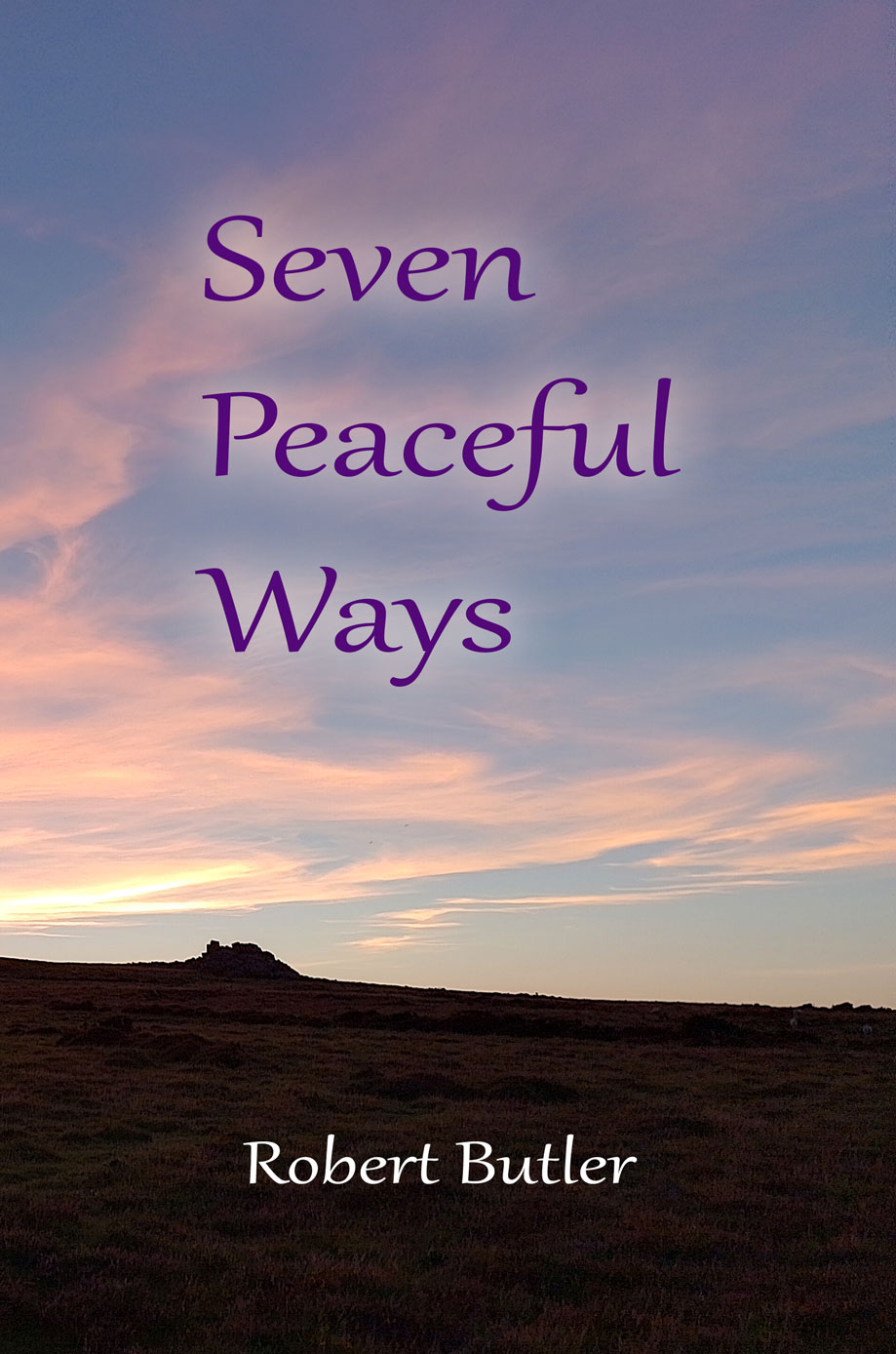The essence of this practice is to remember to be here now, to become more aware and be more present.
Of all the spiritual qualities that we could foster, mindfulness is one of the most gentle yet powerful. Practising mindfulness can bring us a broad spectrum of benefits from helping us to cope with the demands of modern life to helping us to find a deep sense of inner peace.
When we practise mindfulness we learn to appreciate how our mental focus and attention affect our experience of life.
Mindfulness is often described as:
- being present
- being here now
- being aware
- being in the moment
We could form a strong case for saying these are the only definitions we will ever need, on the basis that “being present” or “being here now” encompass all possible experience. If we are present then no matter what happens we will be able to respond accordingly.
But sometimes phrases like “being here now” can be too broad and too general when it comes to practising mindfulness in our daily lives. Sometimes we need to look in more detail and make finer definitions. When we look more closely we could say that the following statements also apply to the practice of mindfulness:
Mindfulness is…
- being careful
- paying attention to detail
- giving something or someone our full attention
- listening carefully
- being non-judgemental
- being non-attached
- being focused
We could continue to provide further levels of detail to suggest that the following activities represent the practice of mindfulness:
- engaging in one activity at a time (or in modern parlance “doing one thing at a time”), for example, when we eat, to give our full attention to eating and not to engage in another activity at the same time, such as reading or talking
- when people are speaking to us, to listen to them with our full attention and not be busy thinking about what we are going to say next
Listen! That’s the sound of mindfulness
We could say that one way to be mindful would be to stop the internal chatter in the mind, but some people say they do not know how to do this. If you are talking and somebody tells you to stop talking you know what to do – it’s easy. But if someone tells you to stop the talking inside your mind do you find it as easy?
If, like many people, you struggle to stop the internal dialogue in your mind, here is a tip which might help: If you are talking to someone and they seem to become distracted because they can hear something and they motion for you to stop talking and listen, when you stop talking and listen out for the source of whatever they can hear, there is a brief moment, perhaps a few seconds, in which you listen attentively. In that moment there is stillness in the mind and the internal chatter ceases.
Now if you just imagined what that is like, or perhaps remembered what it was like last time it happened, you did in fact succeed in stopping the internal chatter in your mind. So if you want to start your mindfulness practice you can simply imagine that someone has motioned for you to stop talking and listen. By so doing you will open the doorway to a deeper experience of living mindfully.
Next Chapter: One-Pointed Focus >>
*** This chapter is taken from my book The Light Within ***

